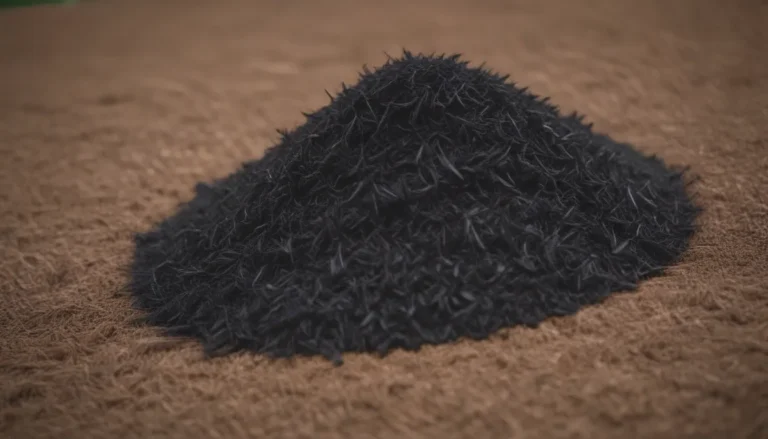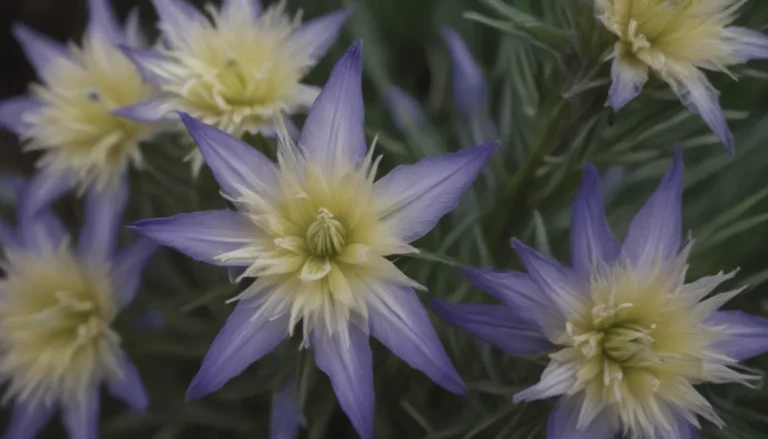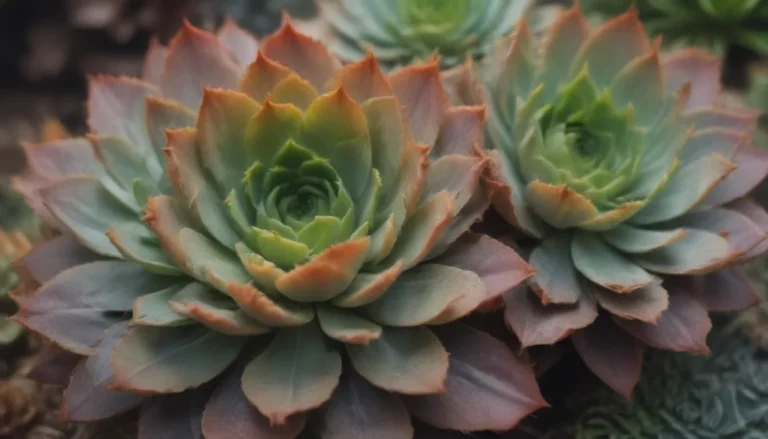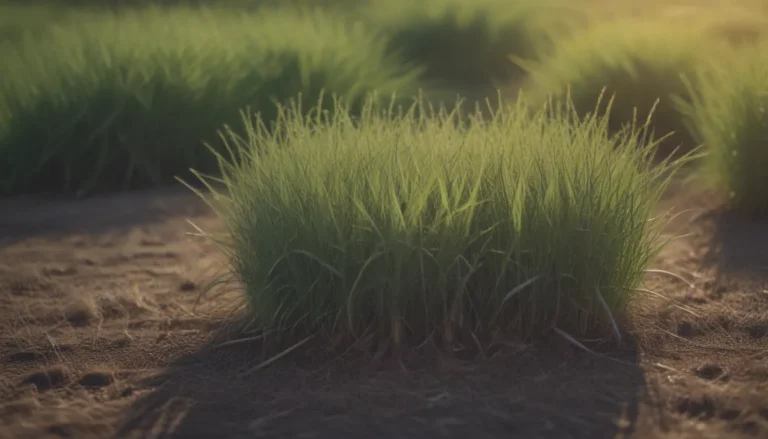A Comprehensive Guide to Growing and Caring for Cardinal Flowers
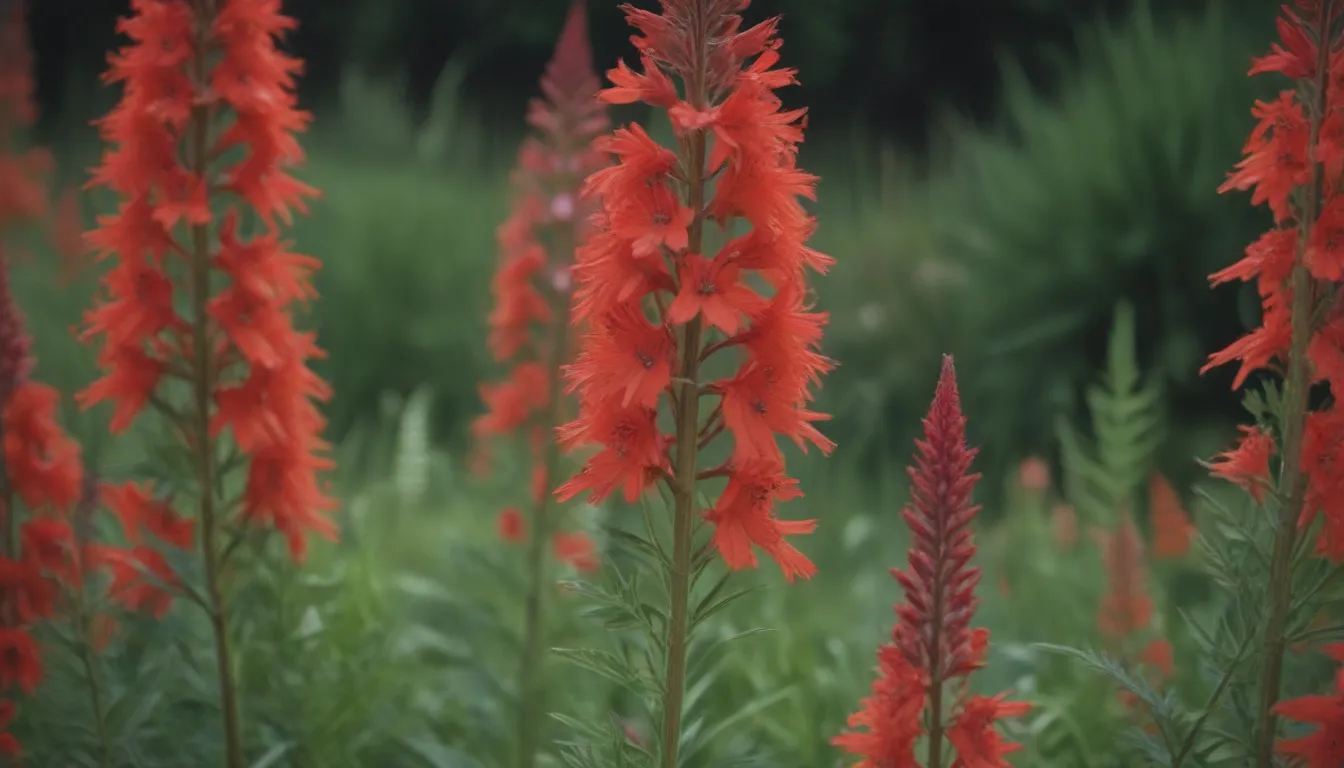
Cardinal flowers, also known as Lobelia cardinalis, are stunning native plants found in North, South, and Central America. These vibrant flowers thrive in moist environments such as streams, swamps, and low wooded areas. If you’re considering adding cardinal flowers to your garden, it’s essential to understand how to properly care for and cultivate these beautiful plants. In this in-depth guide, we will explore everything you need to know about growing and nurturing cardinal flowers.
Cardinal Flower Care Tips
When it comes to caring for cardinal flowers, there are specific requirements you need to keep in mind to ensure their optimal growth and health. Here are some essential care tips to help you cultivate thriving cardinal flowers in your garden:
Light
Cardinal flowers thrive in full sun in colder regions, but they benefit from afternoon shade in hotter climates to protect them from intense heat.
Soil
These plants prefer rich, moist-to-wet soil that may cause other plants to rot. To maintain soil moisture, consider adding a layer of mulch around the plants or amending the soil with compost.
Water
Cardinal flowers require plenty of water and can tolerate seasonal flooding. Maintain a consistent watering schedule to keep the soil evenly moist, especially during hot months.
Temperature and Humidity
Cardinal flowers can withstand a wide range of temperatures and are hardy in USDA zones 3 to 9. They prefer higher humidity levels and are not well-suited for arid climates.
Fertilizer
Generally, cardinal flowers do not require fertilizer throughout the year. Adding compost in late winter or early spring should provide the necessary nutrients for healthy growth.
Types of Cardinal Flowers
In addition to the native species Lobelia cardinalis, there are several cultivars and hybrids available that offer a range of flower colors. Some popular varieties include:
- ‘Queen Victoria’
- ‘Black Truffle’
- ‘Rosea’
- ‘Alba’
- ‘Angel Song’
- Lobelia x speciosa ‘Vadrariensis’
- Lobelia x speciosa ‘Star Ship Deep Rose’
Pruning and Propagation
To maintain the health and appearance of your cardinal flowers, consider the following pruning and propagation tips:
Pruning
- Remove spent flower spikes to encourage further blooming.
- Trim back unruly growth during the growing season to maintain a bushier appearance.
Propagation
Cardinal flowers can be propagated by seed, division, or transplantation of young plants. To propagate by division, simply dig up young plants in the fall and replant them where desired.
How to Grow Cardinal Flowers From Seed
If you prefer to grow cardinal flowers from seed, you can allow the plants to self-seed naturally or collect the seeds for sowing. To collect seeds for indoor starting, ensure they are ripe before planting.
Potting and Overwintering
While cardinal flowers are not commonly grown in containers, they can be potted using well-draining soil. When overwintering, ensure the plants are not cut back in the fall, especially in colder regions where mulching may be necessary to protect the root crowns.
Common Pests and Diseases
Cardinal flowers are generally hardy plants with few pest or disease issues. However, keep an eye out for snails, slugs, and fungal infections like rust and leaf spots. Take proactive measures to protect your plants and ensure good airflow to prevent fungal growth.
Encouraging Bloom and Addressing Common Problems
To encourage bloom and address common issues with cardinal flowers, consider the following tips:
- Keep soil consistently moist to promote flowering.
- Address yellowing leaves with nutrient-rich compost.
- Support leggy stalks with stakes or hoops if needed.
- To combat sparse clumps, divide and replant pieces with closer spacing.
Cardinal Flowers: A Beautiful Addition to Your Garden
The cardinal flower, with its striking scarlet blooms, is a valuable addition to any garden. This eye-catching plant attracts hummingbirds and butterflies, making it ideal for wildlife gardens. With proper care and attention, you can enjoy the beauty of cardinal flowers blooming from late summer into early fall.
In conclusion, cardinal flowers are not only visually stunning but also valuable for their ecological benefits. Whether you’re a seasoned gardener or a novice enthusiast, incorporating cardinal flowers into your landscape can add color and vitality to your outdoor space. With the right care and maintenance, these native plants will flourish and provide beauty for years to come.
Remember, when handling cardinal flowers, be cautious of their toxic nature, especially to humans and pets. If you suspect poisoning, consult a professional immediately.
Sources:
1. Cardinal Flower. ASPCA. https://www.aspca.org/pet-care/animal-poison-control/toxic-and-non-toxic-plants/cardinal-flower

